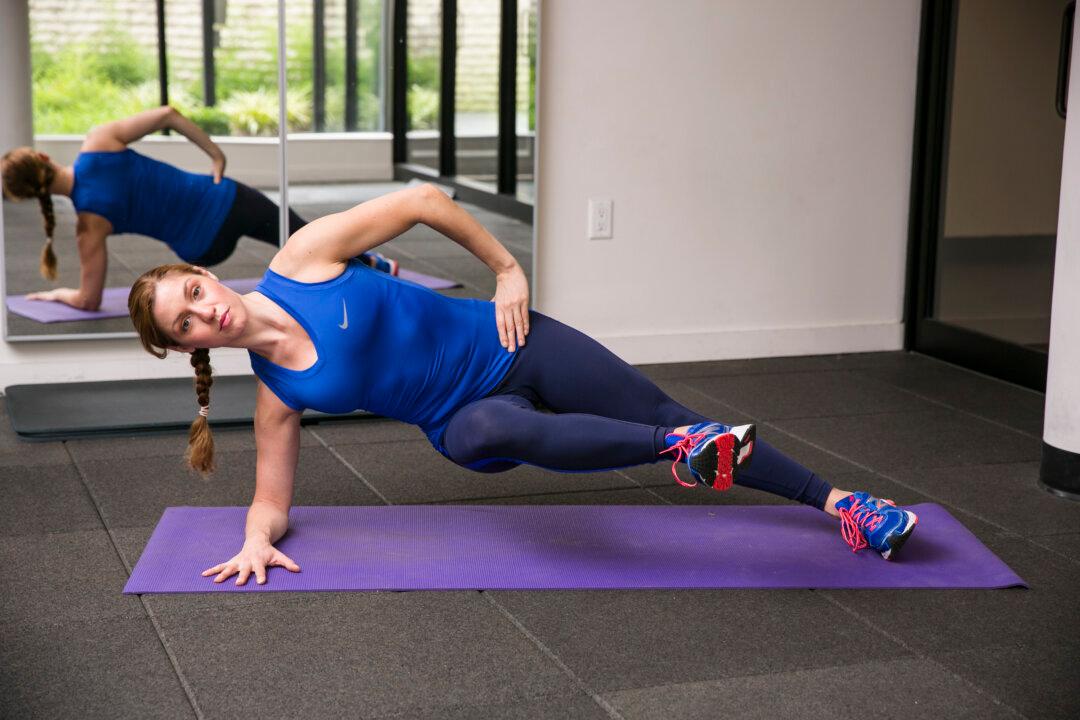Many of us have probably experienced starting a day of cleaning and organizing the home only to find we are exhausted, and in a pile of stuff that makes everything in the home look less orderly than it did when first embarked on the task. The same is often true for people wanting to get into shape. They schedule their workout routines so intensely that they end up feeling sore and burned out after a few weeks of “torture.”
The initial motivation to get back into shape, to improve oneself (or our homes) is a great sentiment to help one get started on making new changes, but those changes need to be designed with care. They need to make sense for your energy reserves and life. Otherwise you may end up finding yourself worse off than when you started.
So what is a person to do? Well, baby stepping your way to fitness is a great approach if you do not have any health concerns that require immediate and drastic changes (such as diabetes). Many approach this path toward fitness by starting with time factors. You may think, ok, I have fifteen minutes a day. Almost anyone can find some sort of physical activity to embark on for fifteen minutes per day, even if that means a short stroll around the neighborhood for fifteen minutes, or walking up fifteen flights of stairs. Another fun approach to getting in fifteen extra minutes of movement is turning on some music that gets you wanting to move and dance to it everyday.
Another approach to starting something new is to perform it with 80 percent of your energy. My husband and I decided to incorporate burst training into our fitness routines when we take our girls to the park on the weekends. The park has a great big lawn that is soft and hilly. We both have a tendency to push harder than is good for us. Even though we reminded each other to hold back, both of us did not feel like we could continue after four bursts. I felt nauseous and he felt exhausted. Our goal was to complete six bursts, yet after pushing so hard, neither of us was interested in burst training again, not then, not ever. This is a perfect example of pushing so hard that you burn out. We will burst again next weekend but this time, we’ll know to push even less. Just knowing that I will not push myself that hard again gives me the motivation to continue.
When embarking on a strength training routine, if you make yourself so sore that you can’t walk for a week, you did too much. Weight training can sometimes be a little deceptive in that you do not realize you are pushing too hard until the next day, when you can barely move.
Be sure to pace yourself and listen to your body’s signals as you train. If you find that you are not sore at all the next day, yet are trying to build strength, you can always push yourself a little harder during the next workout. Getting injured has much larger ramifications than taking a little longer to achieve the results you desire.
One thing to be mindful of when taking this “easy” approach is that it is also easy to plateau. If you haven’t been working out, it is easy to see immediate changes as you begin to get more active, but once you’re body is used to that added activity, it is usually necessary to change the routine so that it is more challenging. Just remember to stick to the rule of not overdoing it.







